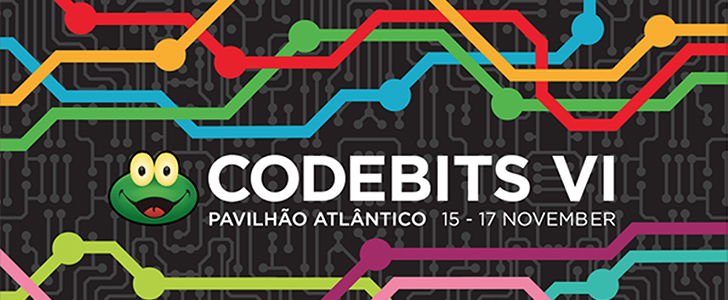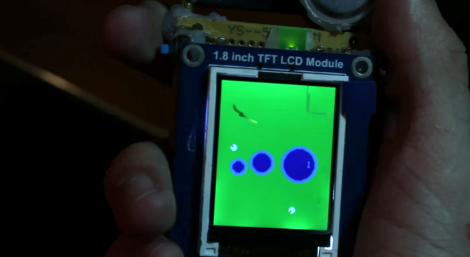Strike'm
What does it do?
Introducing Strike'm,a robot that simply Strikes you out.
So,this is the Tic tac toe robot I have built. Actually inspired from Oddbots challenge,I have made this .
I decided to keep it original. From my point of view ORIGINALITY has two aspects,
1. The game should be kept original, i.e. you have to use a pen and paper,play it,win it or lose it.
2. The robot should be original. i.e. It must not be a copied stuff from some one.
Strike'm satifies both aspects,I think.
So,now here's some pics. This time I have used some ply-wood along with cardboard.















